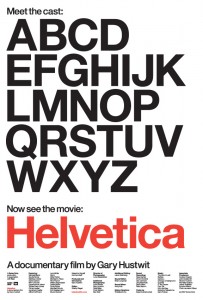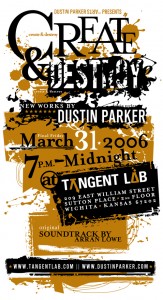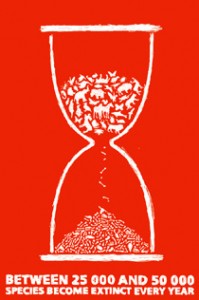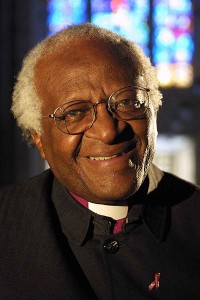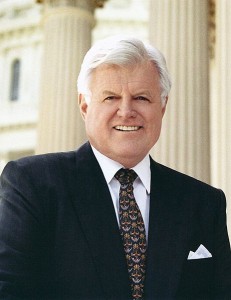New Baby Check List
Mikayla is now 4 months old and Beth and I have learned a lot. I remember just a few months ago walking through Target with the price gun to do our baby registry and getting frustrated because I had no clue what we needed. (This could be my version of hell. I hate feeling like I don’t know what is going on and I really hate shopping. To make it worse we weren’t even shopping — at least with shopping you get to get open up something new and read the instruction manual).
Now that we have a feel for what it is like to raise a new baby, I feel like I can make a list of the things you really need (at least the things we did). We certainly don’t have things figured out, but if we had to start over, these are things I would make sure we have.
Dealing with poop
- 15-25 cloth diapers. We chose fuzzi bunz. I have written an entire post on our cloth diaper decision.
- Enough NB/1 disposal diapers to get through the cord falling off and for emergencies — we also used them at night the first month or so, but later learned that was unnecessary.
- 2-3 wet bags
- 5 gallon wet/dry pail
- Diaper detergent (see this post for more insights)
- Changing pad (we put this on an old dresser and skipped the formal changing table)
- Diaper bag
- Travel changing pad (we slip a few disposable diapers and our wipes in this for simplicity)
- Wipes
Feeding
- 6-8 4 oz bottles (we used these initially and now use them for storage)
- 6-8 8 oz bottles (we use Dr. Brown’s for all our bottles – they are compatible with Medela pumps and seem to work. See here.)
- Beth’s stuff (obviously I don’t use this stuff)
- Medela breast pump
- Nursing wrap
- Lansinol nipple cream
- Breast shells (not shields) – we never used these b/c we could not find them in time, but I think they would have really helped the first 2 weeks)
- nursing pads
- 3-4 nursing bras
- Bottle warmer
- Bottle drying rack
- Bottle brush
- Milk storage bags
Entertaining
- Bouncy chair
- Some sort of stand-up exerciser
- Wrap / chest carrier / sling
- play mat
- Swing (this has not been used as much as we thought it would, but when we use it, it was golden and irreplaceable)
- A few tactile toys
Sleeping
- Crib
- pack and play
- 2 swaddling blanket / wrap (kidopotamus makes an awesome one we used for the first 2 months)
- 2 sleep sacks
- gowns (don’t even try to use footed pajamas the first few months)
- a few stocking caps
- monitor
- every pacifier imaginable to find out which the baby prefers and then at least 4 of the “winner”
- Bedding set (no need for a fancy one)
Clothes
- you will need some of these, but you will find it has less to do with practicality and more with “cuteness” and personal taste. My only recommendation is to avoid anything that requires more than 2 steps to get to poop-production-plant. I personally gravitate towards the onsies.
- Dressers / cabinets / drawers / etc.
Bathing / Medicine
- Bath tub (I was opposed to getting one of these because I thought it was unnecessary, but it has proven very useful).
- Children’s Tylenol
- gas drops
- baby wash
- baby shampoo
- wash cloths
- snot sucker (We also use an aerosol saline to help make this more effective)
- Baby towel
- hair brush
- temperature checker
- rectal thermometer
- nail clippers (we used nail files the first month)
Other
- Stroller
- Car seat (we have a nice travel system where the seat has a base and fits on the stroller)
I am sure I have left a few things off, but I certainly wish I had this list going into the whole process. Of course Beth could add things, especially as they relate to pregnancy and post-natal care. I also have listed the things I am sure we will need when Mikayla “goes mobile” such as outlet plugs, cabinet locks and hallway gates, but I figure this is a good start.




